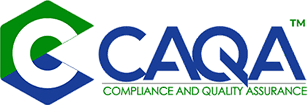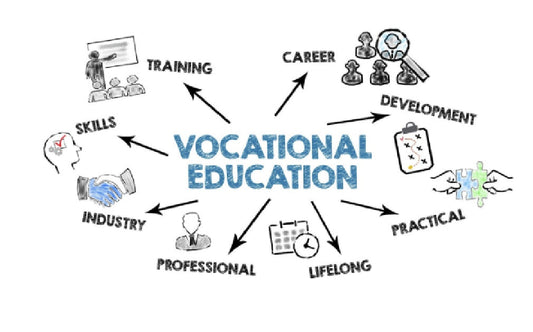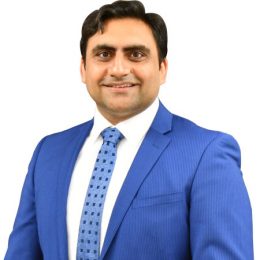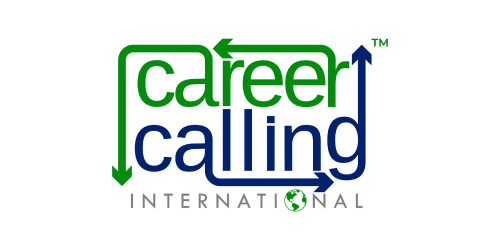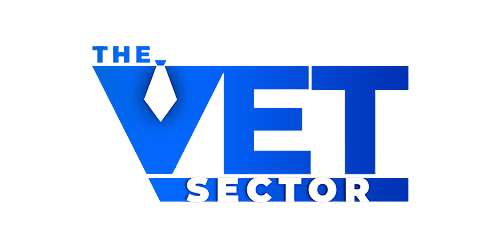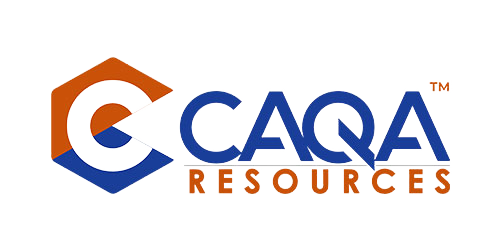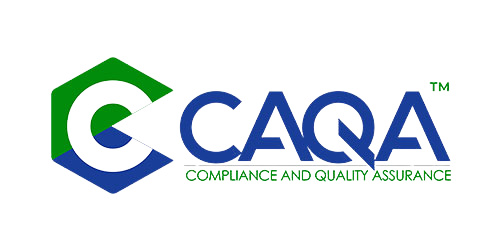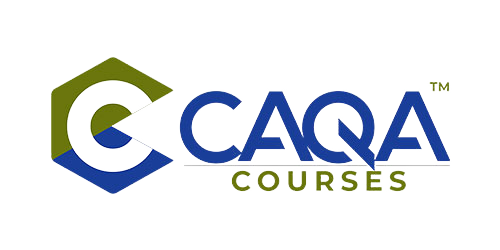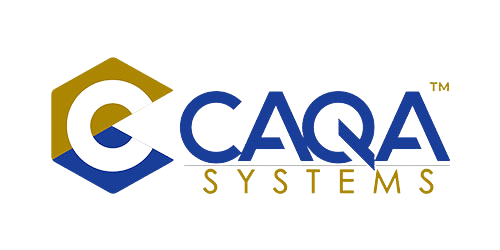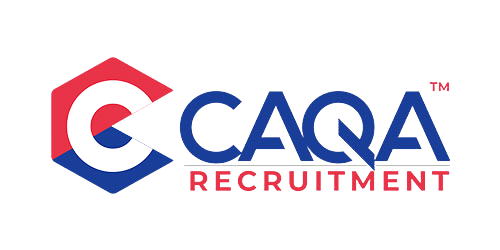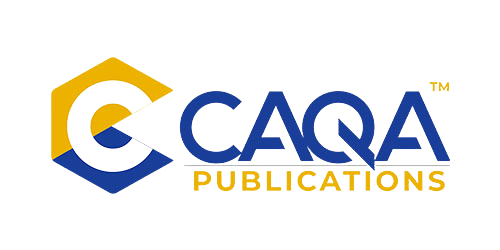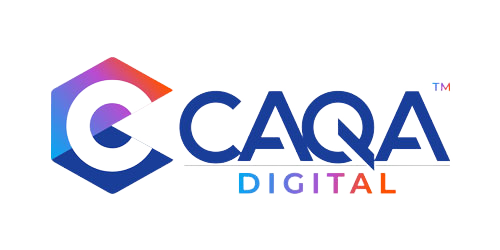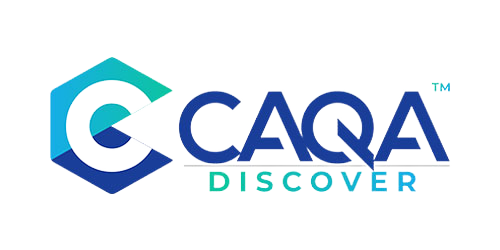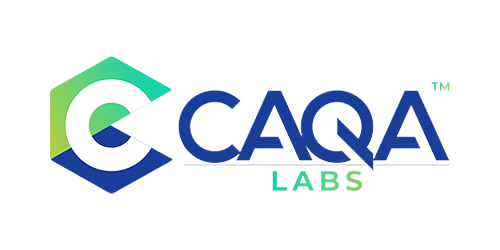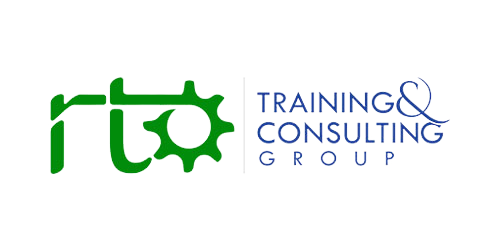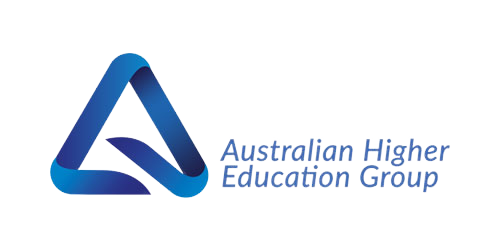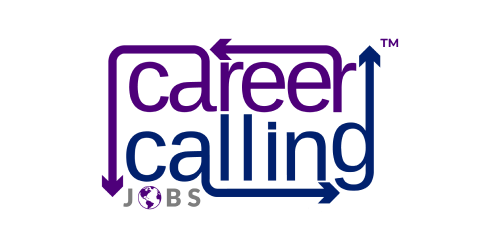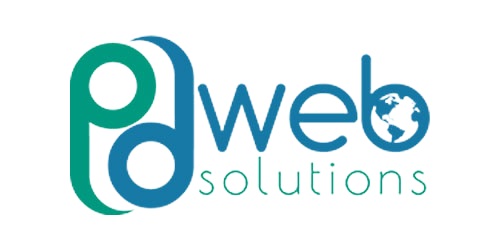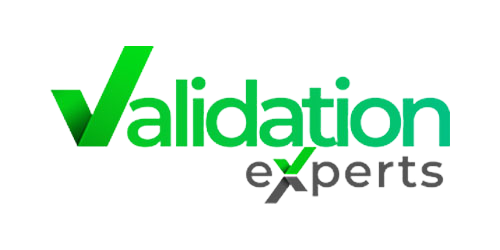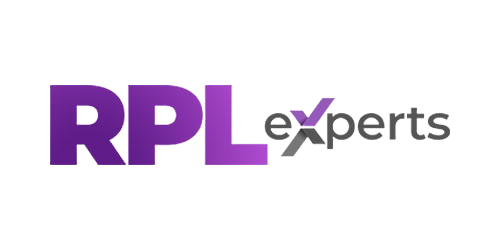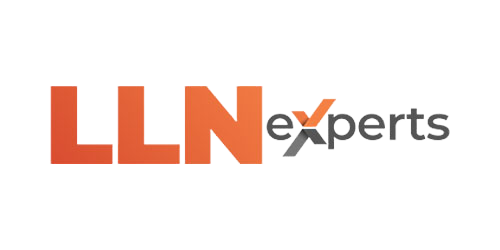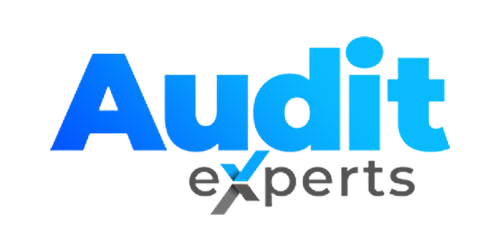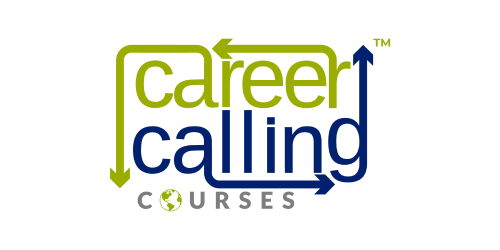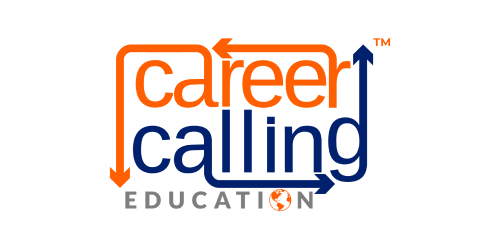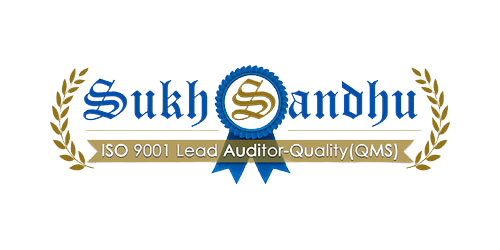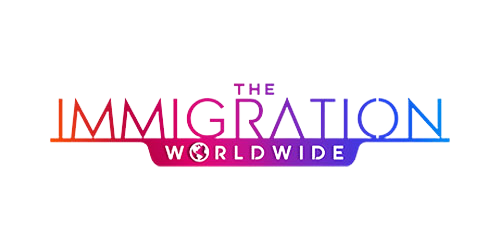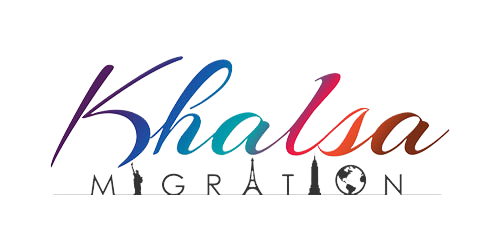Renewal of provider registration remains a critical milestone for all Australian higher education providers. TEQSA registers providers for a period of up to seven years, and each provider must apply to renew at least 180 days before the current period lapses. Once a valid application is lodged and the fee is paid, registration continues while TEQSA makes its decision. Providers can, and often should, coordinate renewal with related submissions such as SAA, category change or CRICOS renewal to streamline assessment.
TEQSA’s assessment approach is the Core-Plus model. For renewal of provider registration, TEQSA starts with a defined set of “core” HESF Standards and may extend the scope where risk, regulatory history or other factors warrant it. The core Standards for renewal are HESF 5.1.2 (Course approval and accreditation), 5.2 (Academic and research integrity), 5.3.7 (use of monitoring and review results for improvement), and the governance suite 6.1.3–4, 6.2 and 6.3. TEQSA may add other Standards if risk indicators suggest it should.
TEQSA has also updated what evidence it expects you to submit. For renewal, TEQSA now publishes evidence requirements on its website. The centrepiece is a self-assurance report of no more than 10 pages that explains how the governing body assures itself of quality and compliance. The report should be accompanied by an index of referenced evidence, recent independent reviews of the governing body and academic governance processes with actions and progress, and key artefacts that show risk identification, management and mitigation. Universities should include evidence addressing research requirements, and providers assessed as higher financial risk should include targeted financial materials. TEQSA encourages providers to submit only the requested documents and list other references in the index for provision on request.
What TEQSA wants to see in the self-assurance report is also clearer. TEQSA asks providers to show how they identify, manage and mitigate institutional risks, with particular attention to areas such as overseas student recruitment and agent management, student wellbeing and safety, academic integrity, including the use of generative AI, cyber security and foreign interference, staffing practices and wage underpayments, and the accessibility and quality of grievance and complaints information. Providers should also address material risks specific to their own context, including issues raised through TEQSA’s annual risk assessment or other regulators.
Independent assurance remains important. The HESF requires periodic independent reviews of the governing body and academic governance at least every seven years, and periodic comprehensive reviews of courses at least every seven years, supported by regular interim monitoring and external referencing. TEQSA recommends scheduling the independent governance reviews in the second half of the registration period so there is time to implement actions and demonstrate impact before submission.
Renewal often travels with other processes. For CRICOS renewal, TEQSA has similarly shifted to a concise self-assurance report, an index and a recently conducted independent external audit report, or additional supporting evidence where the provider does not have SAA. Foundation Program and ELICOS renewals are integrated where relevant and require focused self-assurance material.
TEQSA has also revised its course accreditation evidence approach for registered providers. For course accreditation and renewal of course accreditation, TEQSA now publishes evidence expectations in the application guides, generally centring on a comprehensive self-assessment report and evidence of robust academic board oversight.
Common pitfalls and how to avoid them
Starting too late creates unnecessary risk. Begin planning at least 12 to 18 months before your submission date so you can schedule governance reviews, close gaps and demonstrate progress over time. TEQSA’s own guidance on time governance reviews in the latter half of the cycle supports this planning horizon. Tip: Start early.
Treat re-registration as a whole-of-institution exercise. Keep the corporate governing body, academic board and key committees informed and engaged, and be explicit about decision points, responsibilities and timeframes. Tip: focus on communication.
Apply strong project disciplines. Even with the “lighter” evidence model, an application still involves a large volume of pinpointed artefacts and cross-referencing between the narrative and index. Project manage the evidence register, version control, approvals and hyperlinking so the index aligns perfectly with the self-assurance report. TEQSA’s naming conventions help with findability and file handling. Tip: manage the project and the evidence like a formal program.
Do the gap analysis and act on it. No provider is perfect. Use internal health checks or mock assessments early enough to fix issues, such as policy currency and compliance, the quality of committee records and oversight, or weaknesses in data and performance monitoring. Then show the actions taken, accountabilities and progress, so the review findings translate into improvement. Tip: Diagnose, then demonstrate improvement.
Write a tight narrative that actually proves assurance. Keep the self-assurance report concise, evidence-based and clearly mapped to the Standards in scope. Use the index to point to the exact artefacts and ensure links work. Tip: make the ten pages work hard.
How CAQA Consulting can support you
CAQA Consulting helps providers plan and deliver renewal applications that meet the current Core-Plus model and evidence expectations. Our support includes end-to-end project management of the submission and evidence build, health checks and mock assessments that mirror TEQSA’s current focus, independent governance and course reviews aligned to HESF and TEQSA expectations, rapid policy and procedure refresh programs, and targeted training for governing body members, academic board and committees on their HESF obligations and effective minute-taking and monitoring.
